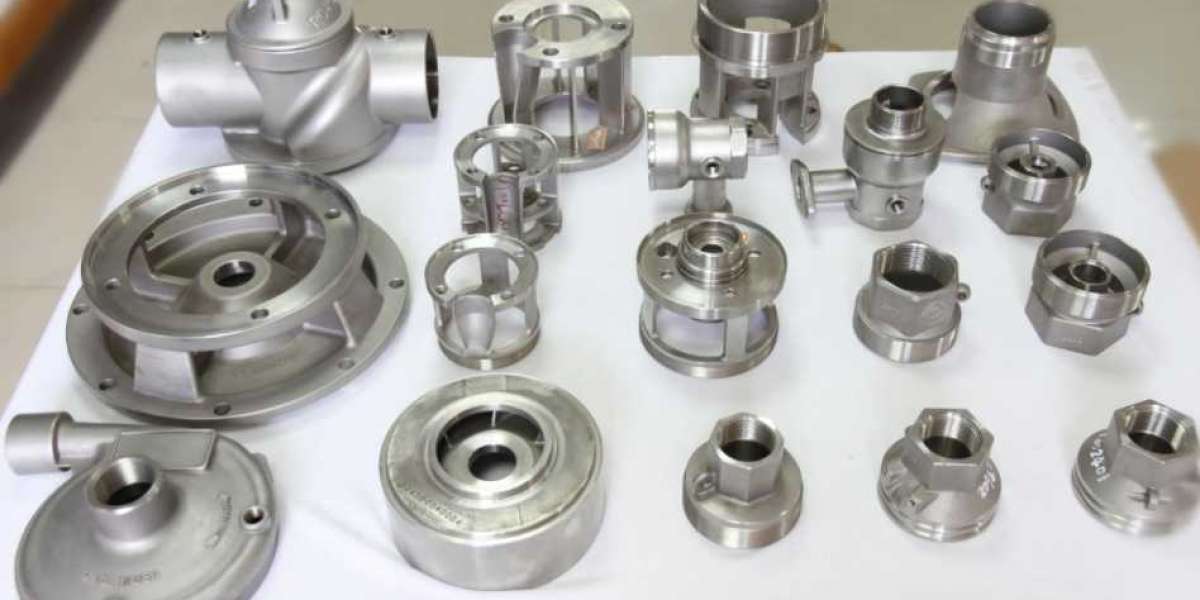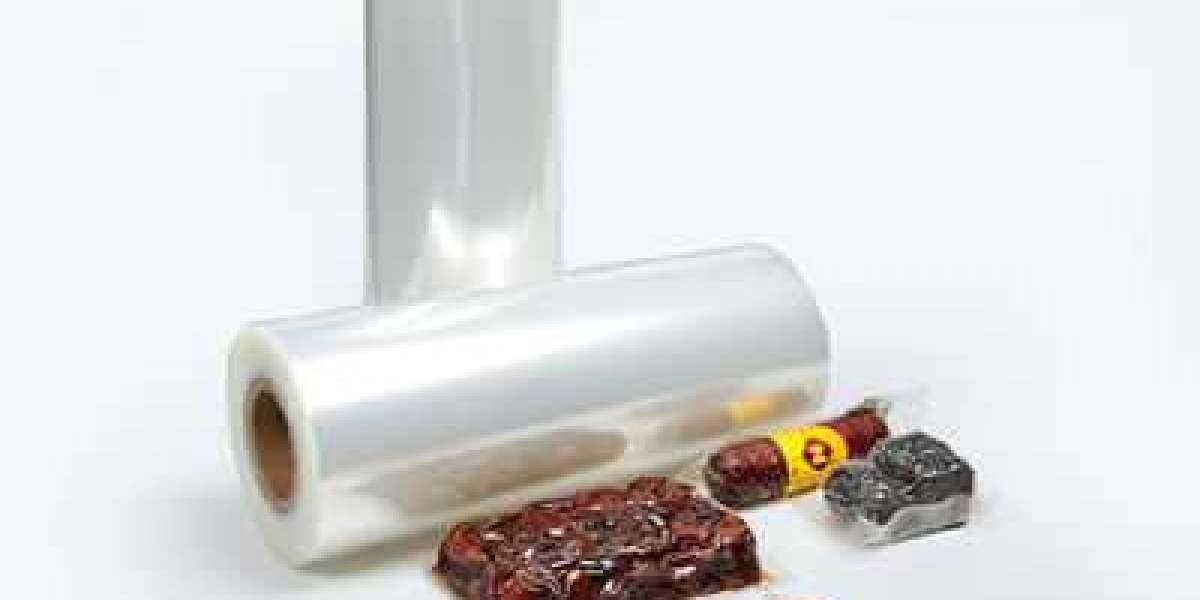There are different types of metal castings out there. They are especially suitable for specific applications. The metal casting process is a manufacturing process in which metal is melted to inject into a mold cavity. Casting has been going on for a long time since the advent of part production.
Metal casting is often used to produce a wide variety of parts for different industries. Different types of metal castings result in a certain casting quality, complexity, performance, manufacturing cost, surface finish, dimensional accuracy, etc. All of these properties are taken into account when choosing the right type of casting process for a project.
Today you will learn about 4 common types of metal castings. Some of these casting processes are used to produce a certain type of item, while others are used to produce complex parts.
Common types of metal casting include sand casting, investment casting, die casting, and evaporation casting.
sand casting
Sand casting is a manufacturing process that uses sand to create mold cavities. Sand is used as a refractory material that can resist molten metal. Green sand is usually implied because it has good binding properties such as sand, clay, silica and a small amount of water. Patterns made of wood or metal are used to create a good replica or model of the item to be produced, leaving the same shape in the mold cavity. The pattern is created slightly larger than the original item to shrink the molten metal as it cools.
Sand casting is often used when larger parts need to be produced, which is relatively inexpensive to produce, especially in small batches. The sand casting process provides low cost for the mold after casting, and both ferrous and non-ferrous metals can be used for casting. However, sand casting produces a rougher surface and therefore requires finishing. It also yields a lower degree of accuracy. The sand casting process is slow because the mold must be broken when the casting is removed.
die casting
Die cast metals typically involve non-ferrous metals and alloys such as tin, zinc, aluminum and copper. Its final product offers better surface finish and good dimensional accuracy. This metal casting process is carried out by pressing molten metal into a mold under high pressure. The mold is lubricated for easy injection of molten metal. And adjust the temperature of the mold.
Molten metal is rapidly injected into the mold under high pressure. Quick insertion helps prevent part of the casting from hardening before the rest of it. After the molten metal solidifies, the casting is removed from the mold and the scrap is cut.
The die cost of die casting is relatively high, so it is more cost-effective in mass production. Blowhole defects are common in die castings when producing large items. This is because air is trapped, and because the molten metal solidifies before reaching the mold cavity.
investment casting
Investment casting is another metal casting process that provides a high degree of precision and dimensional results, as well as a relatively high-quality surface finish. It is capable of creating thin-walled parts with complex geometries. Like sand casting, investment casting also has the ability to cast ferrous and non-ferrous metals.
The metal casting process uses disposable wax, usually beeswax, to create a pattern or model of the casting. Put the pattern (wax) into the mold. The wax is pre-coated with a liquid refractory and dried in the sun, or heated before being placed in the mold, helping the pattern resist molten metal for a short period of time.
After the coating wax is injected into the mold, the molten metal is poured and takes place in the pattern. The pattern melts and the metal solidifies into the shape of melted wax. Investment casting is widely used in aerospace casting, automotive casting and military casting.
centrifugal casting
Centrifugal casting is a special type of metal casting that is implied when product durability is important, the casting has fine grains on the inner diameter, and hollow parts are often required. Centrifugal casting takes place in a permanent mold that allows molten metal to be poured into it.
The mold rotates at high speed around its axis. Due to centrifugal force, the molten metal is thrown against the walls of the mold. It solidifies and the casting is removed from the mold. The centrifugal casting process is performed when parts such as spherical glass objects, pipes, flywheels, boilers, TV picture tubes, etc. are required.



